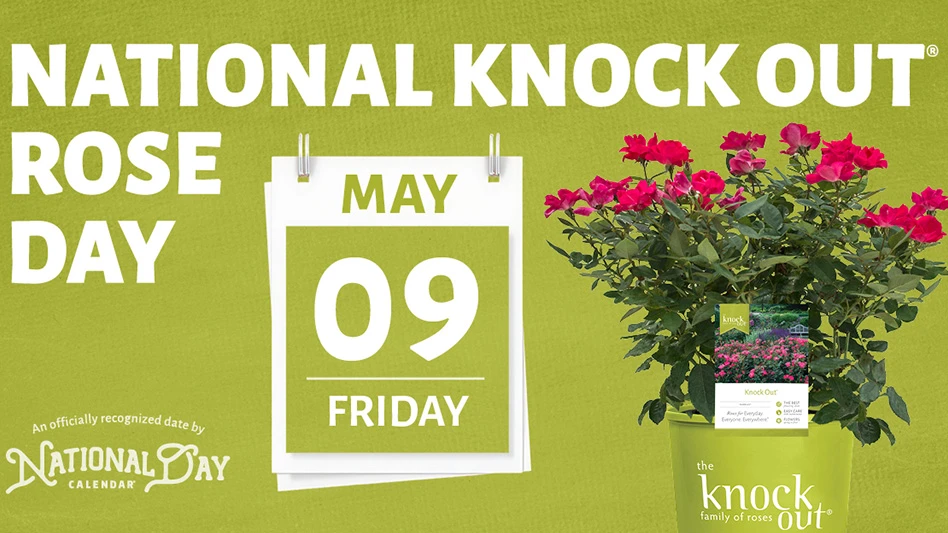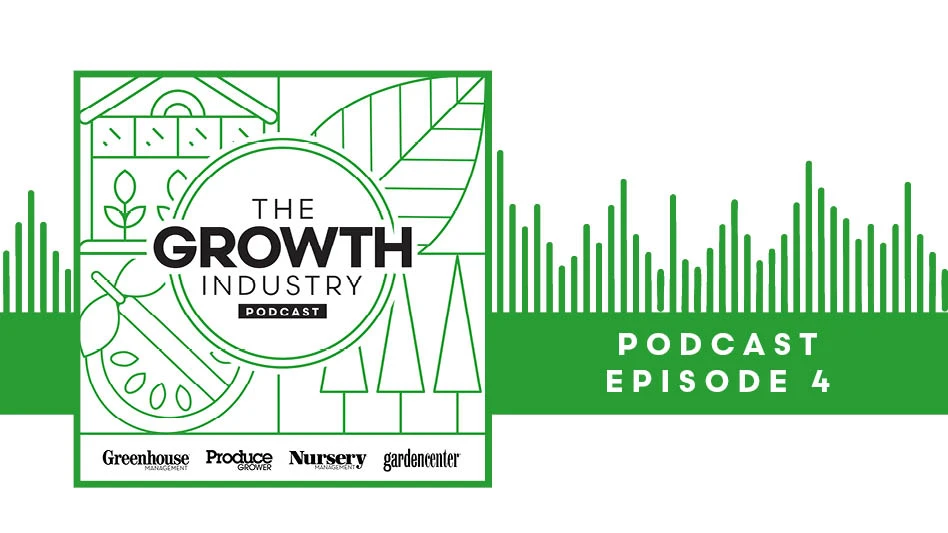
Dark social...sounds scary, right? The phrase conjures thoughts of ill-advised posts, but the reality is much tamer.
Basically, “dark social” is a term, coined by Alexis C. Madrigal, an editor at The Atlantic, that refers to the social sharing of content through private channels like instant messaging programs, apps and email. This private sharing is harder to track than content shared on public platforms such as Facebook and Twitter, and the fact that it can’t be measured by many web analytics programs does have a scary effect on your marketing strategy.
If you’ve ever copied and pasted a link from your browser and sent it to a friend via email or instant message, you’ve participated in “dark social.”
The good news? Your website’s content may be much more popular than you thought. The sharing that takes place on Facebook and Twitter is really just the tip of the iceberg.
“It’s the activity that happens outside the view of traditional web and social analytics,” says Cameron Uganec, senior director, Growth Marketing and Education, for HootSuite. “An example would be copying and pasting links rather than using a sharing button. Or in-app sharing links inside an app, like Facebook, or expiring content like Snapchat. With the growth of social networks like Snapchat, this is going to become more of a way that people share content that they like.”According to marketing firm RadiumOne, in the last year-and-a-half, dark social shares as a percent of on-site shares jumped from 69 to 84 percent globally.
“Dark social as a trend is only growing in terms of its impact,” Uganec says.
It’s a mobile phenomenon, too. In a study based on the aggregate actions of 940 million unique users, RadiumOne found that 82 percent of all content shared on mobile devices is done through dark social.
There are several main channels by which dark social sharing happens. Messaging apps, like WhatsApp, Facebook Messenger and WeChat are a huge sharing avenue for mobile. Native mobile apps like Facebook or Instagram are another. Email is the elephant in the room, because referral isn’t shared due to privacy concerns. That’s also true for secure connections. When you leave a “HTTPS” site to go to a “HTTP” one, the referral is not passed on.
“It’s not a new problem,” Uganec says. “As marketers, this has been part of the challenge to measure the impact of what we’re doing.”
Dark social challenges the traditional ways of measuring social ROI. But there are ways that companies can combat it. Here are some basic steps you can take to ensure your social marketing analytics aren’t missing a huge piece of the puzzle.
1. Tag social traffic — Use UTM codes to track how visitors to your website got there. These referral-providing codes are automatically included in content shared via sharing buttons. Make sure your website is set to tag social traffic.
2. Unite social data — Integrate social activity with other systems of record such as Salesforce and Marketo. Work with a SEO specialist to understand attribution paths.
3. Stay simple — “Copy Link to Clipboard” on your website mitigates loss to dark social channels. Track with UTM with the parameter “social email.”

Explore the March 2017 Issue
Check out more from this issue and find your next story to read.
Latest from Nursery Management
- How to create a sustainable plant nursery
- Grant awarded to test western U.S. wood species for use as wood fiber potting substrate
- Pennsylvania Horticultural Society announces 2025 Gold Medal Plant winners
- GIE Media Horticulture Group wins five regional 2025 Azbee Awards of Excellence
- Get to know Pat Reilly with NewGen Boxwood and the American Boxwood Society
- Terra Nova Nurseries introduces rust-free and disease-resistant heucherella
- John T. Nickel, founder of Greenleaf Nursery Co., passes away at 89
- Three tours offered at 2025 Farwest Show






